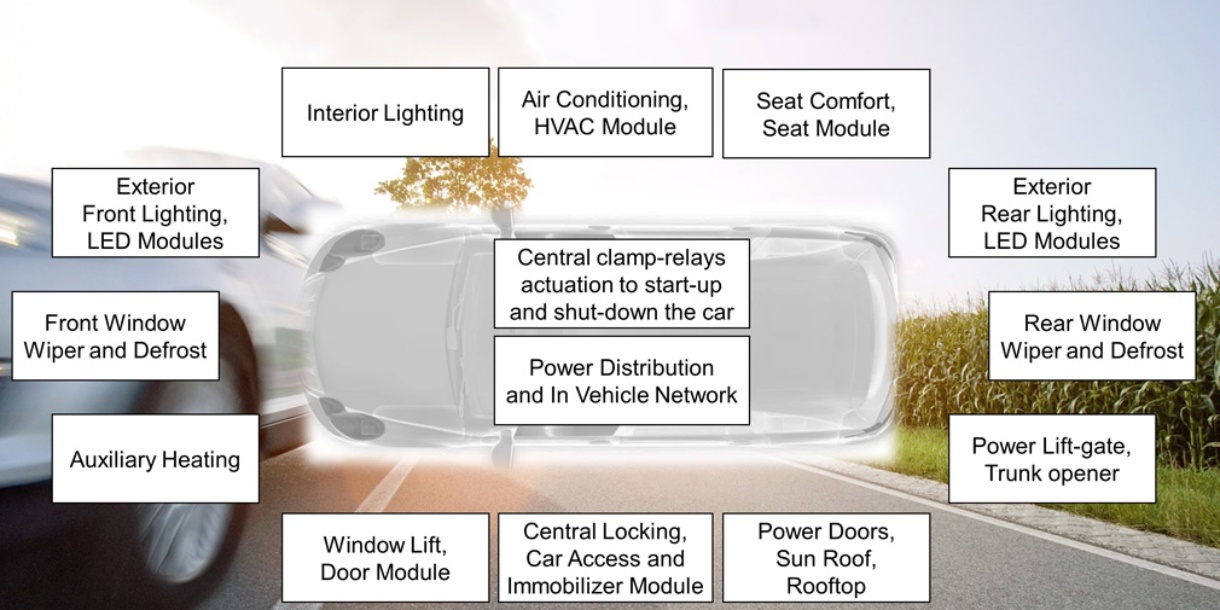Body electronics and lighting
Scalable and flexible automotive body electronics allow you to quickly change your scope to meet new design requirements and follow trends.
Please choose a subcategory
Collapse all subcategories Expand all subcategoriesScalable solutions for automotive body electronics
Automotive body electronics play a vital role in modern vehicles covering a wide spectrum of functions including motor control, body control modules (BCM), lighting, power distribution, and control of modules like doors or seats. With advancements in the automotive industry, automotive body electronics have evolved to not only enhance the existing functions mentioned above but also to encompass a wider range of applications, including the connected gateway and smart car access features.
In this dynamic landscape, the demand for automotive body electronics continues to grow, driven by the need for enhanced comfort, security, multiple functionalities, and seamless connectivity. To meet these ever-changing demands, trends, and requirements, scalability, flexibility, and integrity are key for your automotive body electronics.
For all your needs, explore Infineon's complete portfolio of scalable solutions. Featuring best-in-class products and a range of unique capabilities, Infineon also supports the development of your body applications with our complete system know-how.
Automotive electronic module types: enhanced features and integration
Automotive body electronics encompass a variety of modules that enhance comfort, control, security, connectivity, and lighting within vehicles. These advanced modules seamlessly integrate into the vehicle's architecture, offering a wide range of enhanced features.
Comfort-focused modules include door control and roof control with interior and ambient light adjustment, seat control, and convenient in-cabin wireless charging. Control modules cover automotive power distribution, motor control, body control, mirror control, power closure, window lift, and windshield wiper functionalities. Security features are provided through car access modules. Connectivity is facilitated by gateway modules, while lighting is enhanced with LED front and rear lighting modules. These automotive electronic modules exemplify the ongoing evolution of vehicle systems, enriching the driving experience through their integrated and advanced features.
Control, monitoring, and operation of the vehicle body functions
BCM is an electronic control unit (ECU) specialized for actuating, monitoring, and controlling the vehicle body functions and related ECUs. The typical body functions where the BCM plays an important role include exterior and interior lighting, cabin comforts like air conditioning and seat comfort, window lift, power doors, trunk opener, car access, central locking, immobilizer, and more.
BCM complexity has increased significantly over the years due to new features and functions being added. To reduce the vehicle BCM and wire harness complexity, functions in the same area of the car have been combined into dedicated ECUs that are supplied, monitored, and controlled by the BCM. Examples are LED modules, HVAC modules, seat modules, door modules, as well as car access and immobilizer modules. This kind of body control modularization is often called decentralized body control architecture, and it can include a part of the power distribution and in-vehicle network functions.
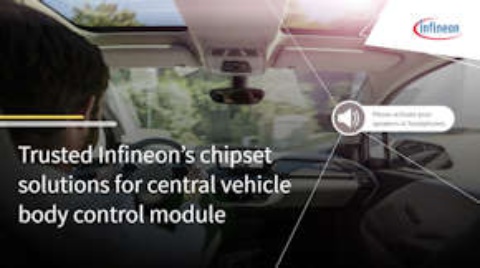
In this training, you will:
- Understand what a body control module is and what solutions Infineon offers for standard and high-end body control modules
- Discover why relays and fuses are being replaced with smart switches and identify Infineon's alternative devices
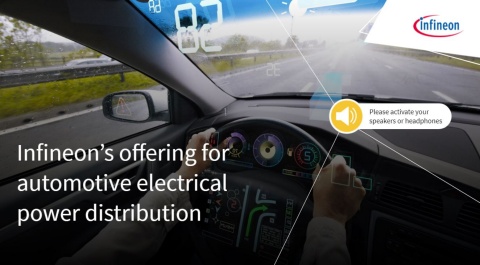
In this training, you will:
- Indicate what an electrical power distribution center is and describe what solutions Infineon offers for
- Explain why relays and fuses are being replaced with semiconductors and identify the devices that Infineon provides for replacing
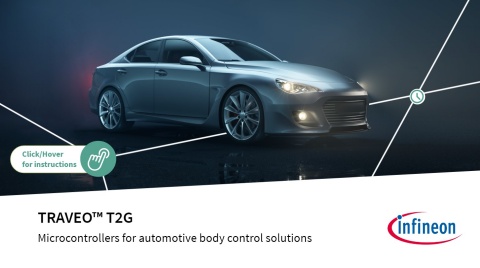
By the end of this training, you will be able to
- Describe the main features of Infineon’s TRAVEO™ T2G microcontrollers
- Recognize the different variants that make up this family of products
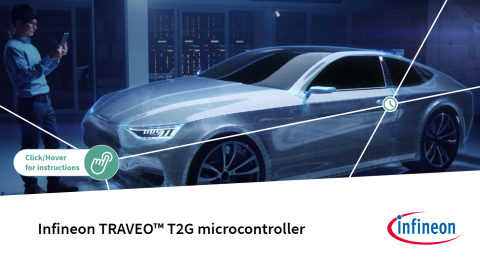
In this training, you will get to know the TRAVEO™ T2G portfolio for body and graphics applications, its key features and safety functions, development kits, and finally TRAVEO™’s automotive software and tool partner ecosystem.

